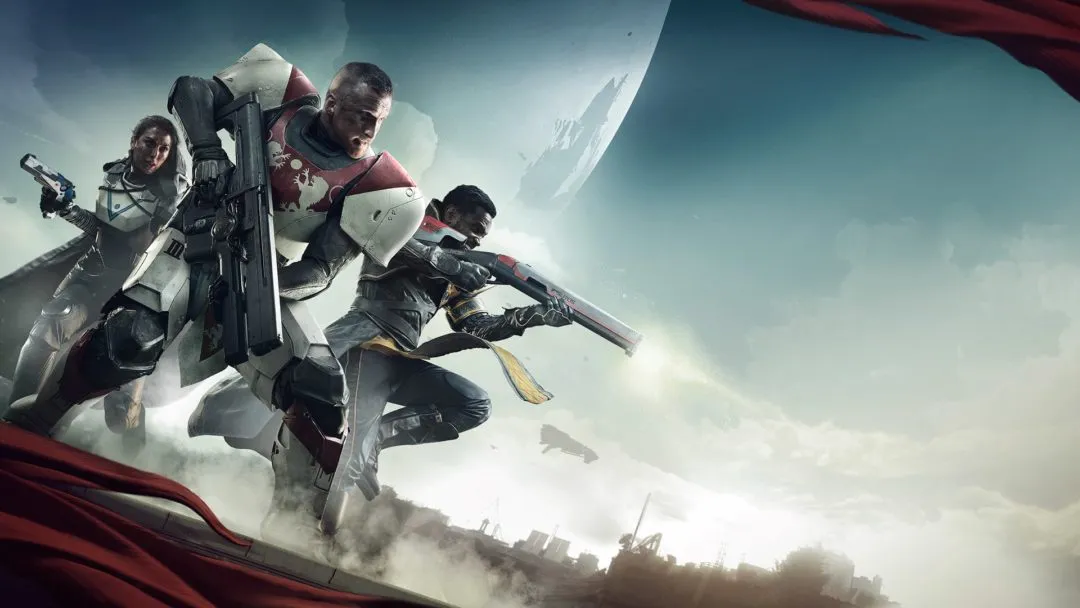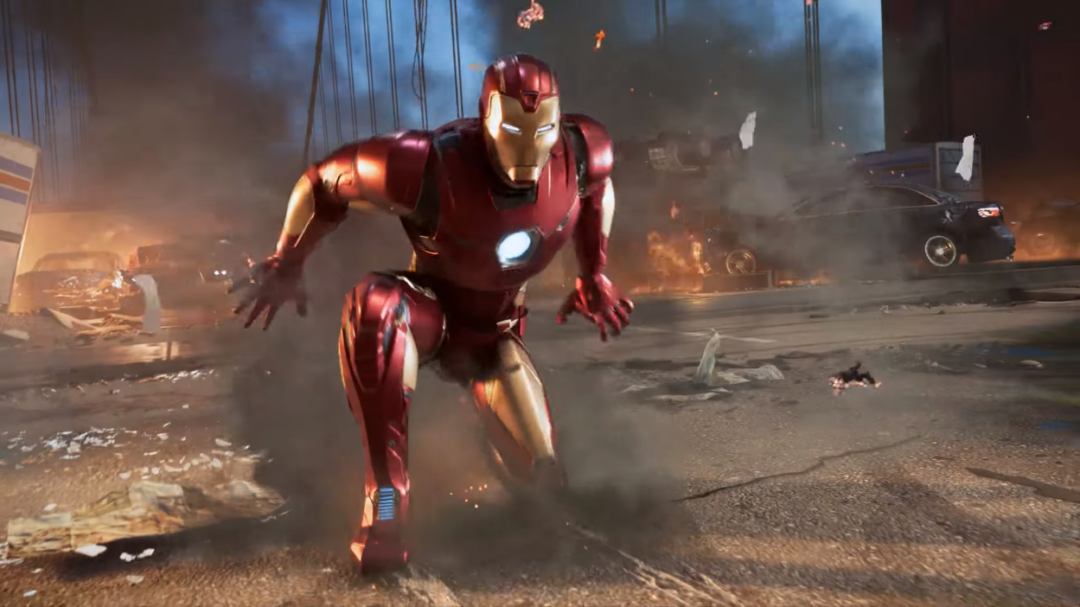
I was overjoyed when I read the article explaining that developer Naughty Dog went into super-crunch mode to bring about the stunning dynamic set pieces in Uncharted 2. Well, I wasn’t happy that they went into crunch mode for months. It would have been fine with me if they had accomplished the feat while still spending time with their families. But I am glad they made the sacrifice for the sake of something cool and not another tiny improvement to the visuals.
The stuff they’re doing is another step in an ongoing trend. Red Faction: Guerrilla brought us destructible environments. Half-Life 2: Episode 2 introduced a system that allowed large-scale structures like buildings and bridges to be destroyed or altered in various set-piece events. A few other games are experimenting with this sort of dynamic content.
In the old days, if you wanted to make huge sweeping changes to the environment you usually pushed the player through some sort of level change. (You were in the engine room. You press the button to turn the pumps on and got a loading screen. Then you find yourself in the flooded engine room. That sort of thing.) In some cases, the changes could be made during an in-game cutscene where the player couldn’t control the camera or attempt to interact with the pre-scripted destruction. You can see this in the GTA series when you get a “blow up a building” type mission. You can only blow up very specific buildings at specific times, and it’s usually just a model swap of the intact building for the wrecked one, with the replacement being hidden by particle effects and camera cuts.
For a long time, games – particularly “indoor shooter” type games – were built around a technology where special optimizations were done before release. A level would be run through a program that would work out which polygons would be visible from what positions. No matter where you put your eyes, the game will have this optimized list of everything it needs to draw for you in that location. This optimization process sometimes took hours. A great deal of work was done ahead of time so that your modest machine at home wouldn’t have to work so hard when the time came to play the game. This was a great system and it let us get larger, more detailed levels on the same hardware.
But the price was that for this system to work, levels had to be rigid, fixed places. Sure, you could open a door here or blow open a wall there, but the more stuff the player could change the less effective the optimizations were. In the end you’d have to pay for that additional flexibility somewhere else in the form of smaller levels, less detailed environments, or (perish the thought) lower framerates.

This sacrifice made sense in the 90’s when we were struggling just to get characters on the screen that didn’t look like they were made of blurry Tetris pieces. But over the past decade we’ve mostly wrapped up all of those graphical issues and can make some amazingly convincing photo-realistic environments. (Sadly, these new environments are crazy expensive to build. Just one of the areas of Modern Warfare 2 probably cost more than an entire game in 1996.) We’re to the point where we don’t need to cling to the old model of static worlds in order to have a playable experience.
Now developers are experimenting and seeing what they can do with this new-found power and flexibility. I think this move is long overdue. For several years we’ve had the hardware and the budget to do something besides just making the pixels shinier. I’m glad to see that time is being spent innovating other aspects of the game. Graphics make a great first impression, but they don’t give us new or different experiences. Once the world is crisp enough to tell characters apart from the scenery, further graphics improvements just make the game prettier. They don’t offer us more gameplay. I’m long past the point where I might be excited about shooting dudes in a corridor, but with 10% more definition than two years ago. (Okay, that’s not 100% true. I can still get excited about shooting dudes no matter what graphics generation the dudes come from.)
The possibility of destructible (or changing) environments adds a great deal to the game. Games are about interaction, and the more ways you can interact with the world the more interesting the game can be. Physics were a nice addition a few years ago (and got even better once developers learned the value of restraint – worlds don’t need to be filled with boxes exhibiting the physical properties of bouncy balls in order for us to notice and appreciate the physics) but giving a player control over the landscape is something else entirely. The ability to seamlessly change, build, and destroy the world around them gives the player a certain degree of authorship over the world. In the case of Uncharted 2, the ability to have a battle in a constantly shifting environment is going to offer a very different experience than the games where you just walk into a room and clean out all the bad guys. It’s new gameplay instead of old gameplay with new makeup.
I’m not sure why it took this long. In the linked article, Naughty Dog warned other companies that this tech might be a handful to implement. I don’t doubt that it was. But why didn’t anyone have that same sense of caution when taking any of the last dozen graphical steps? Why is the industry always so eager to improve how a game looks and then have such trepidation to improving how it plays?
Unlike graphics technology, this new know-how will most likely be useful beyond the current generation of consoles and graphics cards.
It’s not a guarantee of success, though. I still have to bring myself to finish Red Faction.
Shamus Young is the guy behind Reset Button, Twenty Sided, DM of the Rings, and Stolen Pixels. Don’t forget that DRM-pushing publishers are jerks, too.




Published: Mar 12, 2010 10:00 pm